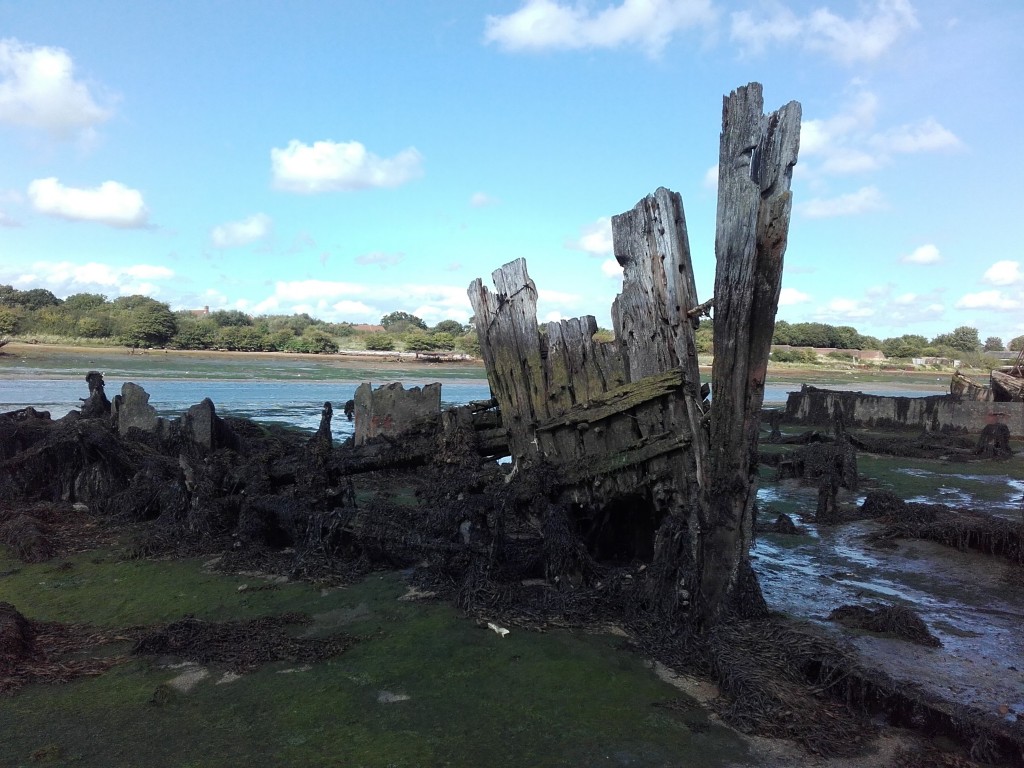In this short video, Thomas talks about his favourite shipwreck: Belgica.
The Belgica, built as the whaler Patria in 1884 in Svelvik, Norway, became Belgium's most illustrious research vessel after it was bought and refitted by Adrien de Gerlache.
The ship and its crew were the first to spend the winter on the ice of Antartica when the ship got stuck on the 28th of February in 1898. Only 13 months later, the crew managed to dig a canal to free the ship from the ice.
Continue reading →











